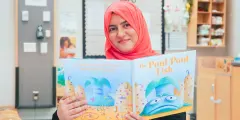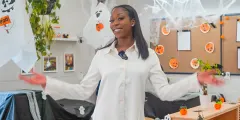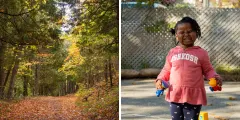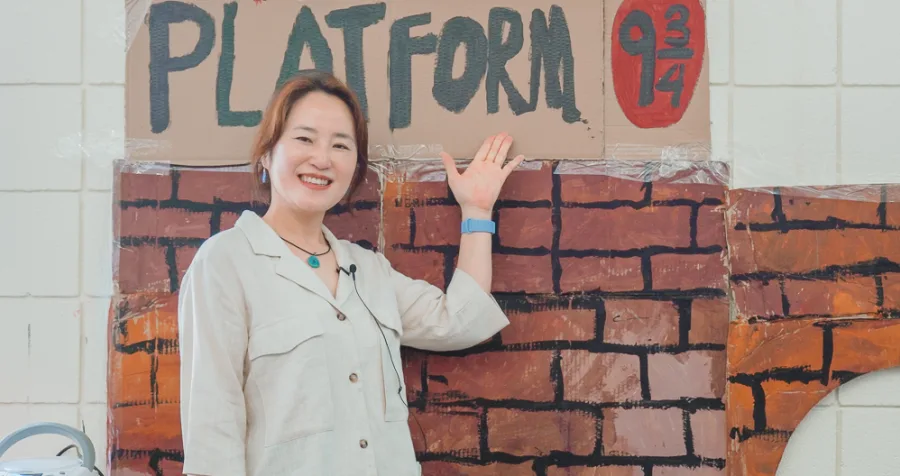
Child care educators are the heart of every YMCA child care program. 💚 Their dedication to making each room a place where children can play and connect with others is integral to bringing the YMCA's A Place to Connect curriculum alive in our Before & After School programs.
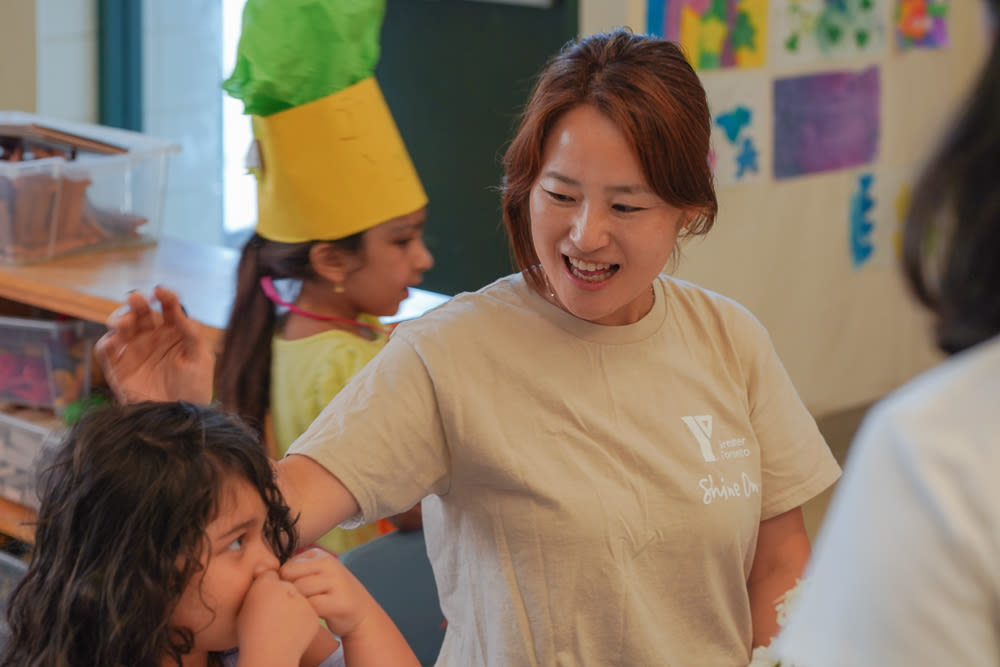
Mentorship is a core component of what the YMCA offers in its Before & After School programs. For educators like Jenny, it’s important to create opportunities to connect with children, both in groups and individually, and to stay attuned to their interests. She involves them when choosing projects to work on together, driving opportunities for growth.
Meet Jenny
Jenny is a Registered Early Childhood Educator (RECE) who works with school-age children in the Before & After School program at a YMCA Child Care centre in York region. During her time in college studying Early Childhood Education, Jenny participated in the student placement program at the Y and continued to work with the Y after graduation.

For Jenny, the best part about working with the Y is the relationships she’s built with her peers, the children, and their families. She’s amazed by the feeling of acceptance and sense of belonging she experiences. This sense of belonging allows her to grow and support the families in her community.
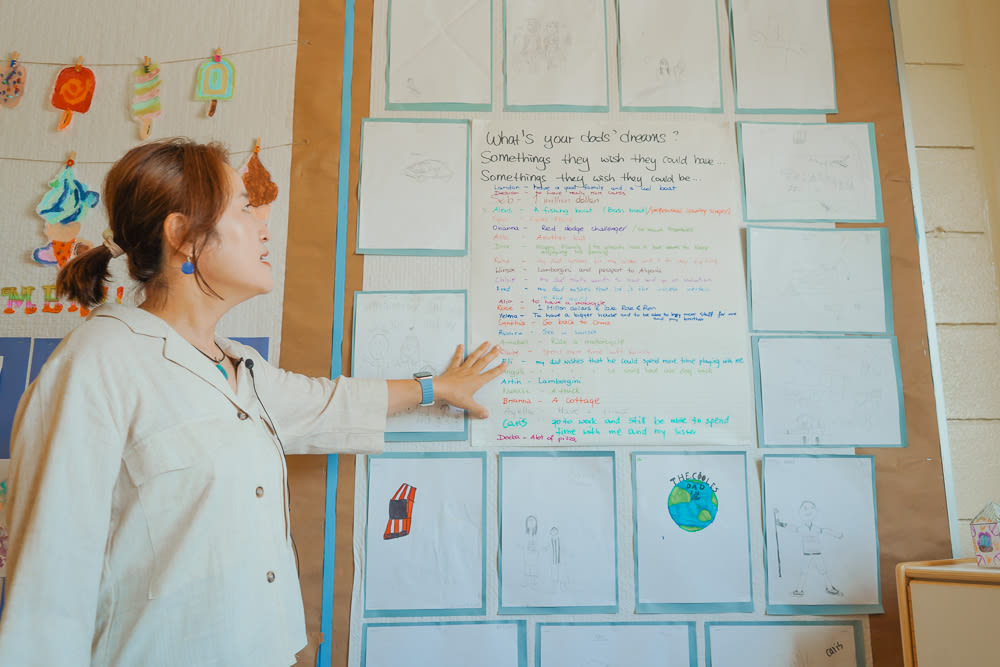
Working with children gives her a sense of pride as she watches them accomplish goals and reach milestones. Whether it’s trying to break a Guinness World Record, building boats to test at a nearby creek, constructing a drive-through restaurant for imaginative play, or preparing a family soccer game, all these moments bring Jenny immense joy and make every day exciting.
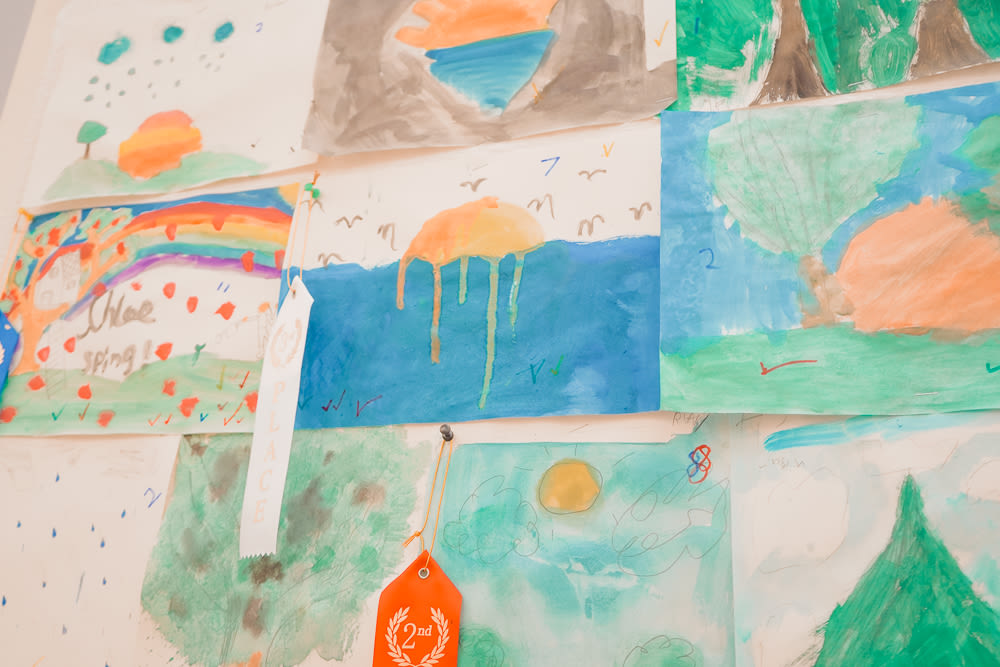
The children in Jenny’s classroom not only come to learn and feel a sense of belonging but also impact their community outside the classroom. The activities they do together inspire their community as well. Jenny answered questions about her life as a YMCA Before & After School Educator. From her favourite activities to advice for new educators, check out this rapid-fire Q&A.
Explore Jenny’s Classroom
Jenny’s Before & After School classroom has many components that make it enticing for the children in her care. The classroom features plants by the window, educating children about the germination cycle, with some plants even added to the school garden outside.
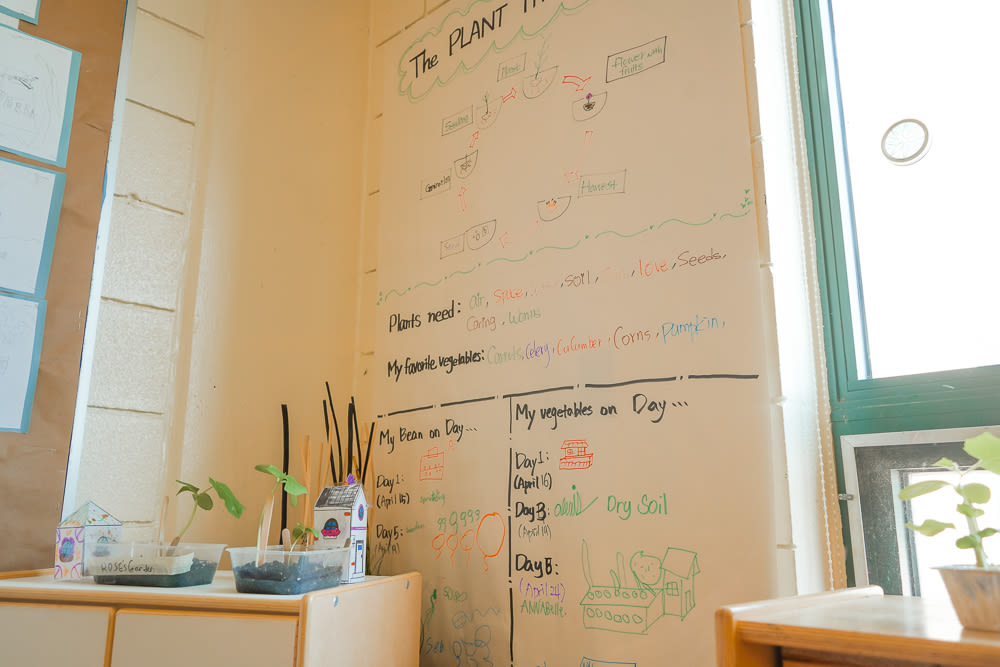
Typical Before & After school classroom areas include a reading area and a games shelf with this one featuring an art gallery and crafts wall based on the children’s current interests.


Take a tour of Jenny’s classroom to learn more about the different aspects that make it a great place for children to connect, learn, and grow into their best, most confident selves.
Five Before & After School setups in Jenny’s classroom
Activities are based on the children’s interests and can include long-term projects like preparing for a dramatic play as a group or creating a store. Educators like Jenny are tuned into their interests through documentation and a discussion every Friday.
Writing scripts for a play

What you may see: A bin filled with wands, two spooky books, and a sheet of dialogue — all created by the children in the classroom.
What Jenny saw: “During our Friday discussion, several children expressed interest in performing a play at the end-of-school party. They chose Harry Potter because they were so captivated by the story. I suggested that they write short scripts, and four children completed them, using the books as references.
After they began reading their parts, they decided to create their own wands and spell books. This activity supports the development of the children's social and literacy skills by encouraging collaboration in storytelling, expanding their vocabulary, visualizing their imaginations, resolving conflicts over differing ideas, and making learning fun.”
Building a magical train

What you may see: A train made from a cardboard box with a sign that reads "Platform 9¾."
What Jenny saw: “While practising for the Harry Potter play, the children asked if we could build a train. I suggested that we start by planning and gathering all the necessary materials. I then provided a large rectangular cardboard box based on their plan. However, it was difficult to get the box to stand on its side. After several attempts and some problem-solving, we managed to solve the issue by using two layers of rectangular cardboard boxes to create a sturdy structure.
The children also made additional space, like a drawer, to fit 10 of them inside. The teamwork was incredible! This process helped to strengthen the children's physical and representational skills by fostering creative thinking in STEM, problem-solving, and imaginative concepts for dramatic play.”
Making glitter potions

What you may see: Bottles filled with glitter and purple liquid.
What Jenny saw: “’Expecto Patronum!’ one child exclaimed while practising Harry’s spells. Another child noticed and asked if we could make potions. This idea sparked excitement among the other children, who eagerly shared what kinds of potions they would create.
After observing their enthusiasm, I decided to guide them in making their own potions. This activity allowed the children to develop skills in science, mathematics, social interaction, and literacy by mixing materials, using measuring tools, and exploring one another’s potions. The most popular potion was named ‘Fredaratarara.’ Once sprayed on you, it transforms you into Frederick — one of our children!”
Creating a store

What you may see: A creative store made by the children out of cardboard boxes, filled with their handmade jewelry.
What Jenny saw: “One child was particularly interested in building with cardboard boxes and asked if we could create an accessory store. She also wanted to open the store for her peers and families as part of a pretend play activity.
Many of the other children were eager to help her make bags, accessories, and charms. I supported them in exploring new materials and creative techniques. The accessories I’m wearing in the photo were made by our children using wires and hot glue sticks.
This activity encouraged the children to maximize their creativity and develop skills in planning, organizing, communication, social interaction, mathematics and literacy by working together in the store. It also provided an opportunity for the children to express appreciation for one another’s work.”
The Plant Cycle

What you may see: The children are growing plants and have designed a few window suncatchers.
What Jenny saw: “Last November, a retired schoolteacher visited and explained how to use a worm composter to create valuable soil. Our children eagerly took on the responsibility of feeding the worms every week, turning it into a long-term project in our classroom.
Several children began asking when we could use the soil, so I decided we would create our own mini gardens. We made lists of our favourite vegetables, and the children built their garden beds and planted their chosen vegetables.
This project, which spanned from November to June, encouraged the children to develop emotional and social skills through the consistent care of the worms and plants over seven months. At the end, all the children were proud to show their grown vegetables to their parents.”
Y educators understand the difference creating a place for children to connect can make. As mentors, Before and After school educators ensure children’s interests are nurtured, and activities are opportunities for children to build their social skills. For educators like Jenny, inspiring children to ignite their spark and become the best they can be is more than just a career, it’s a calling.


